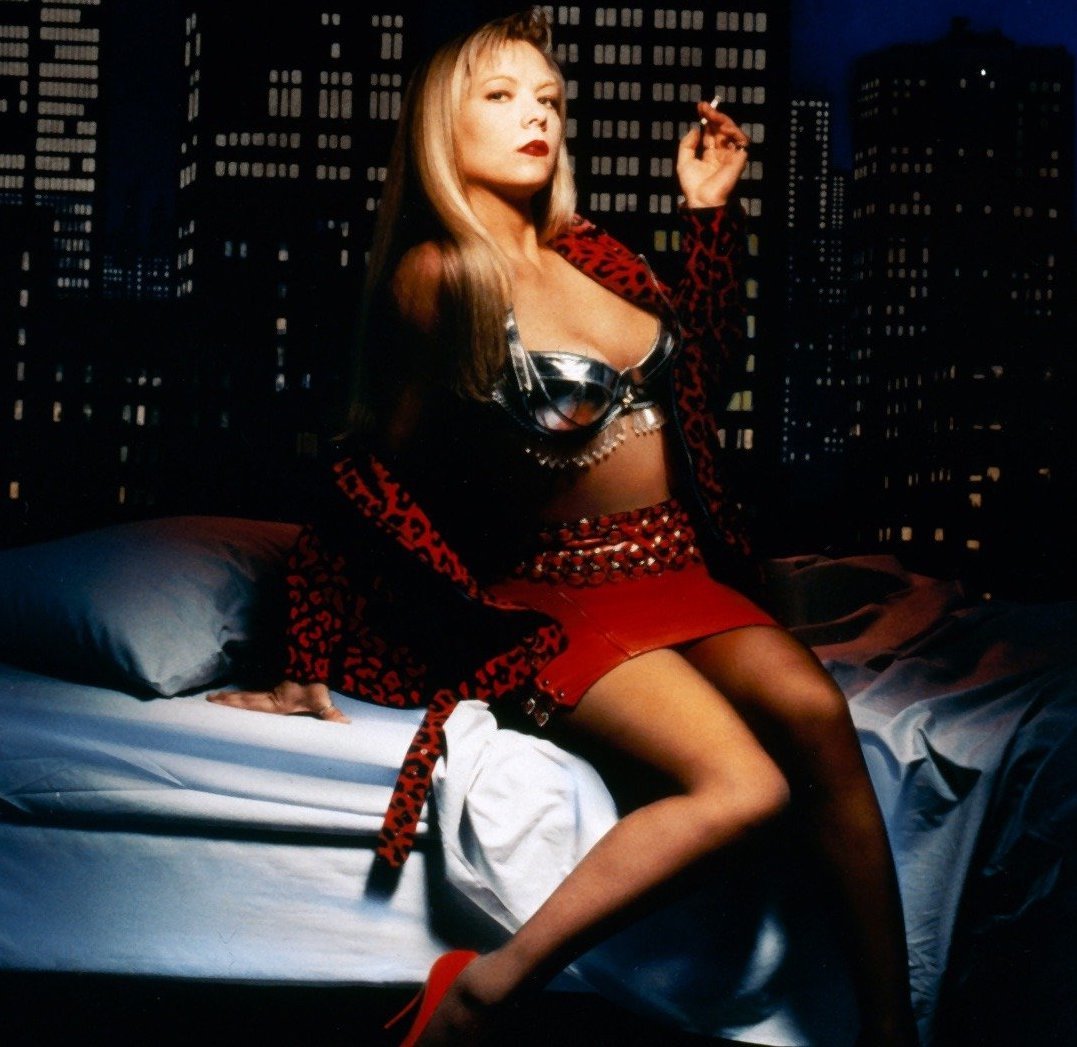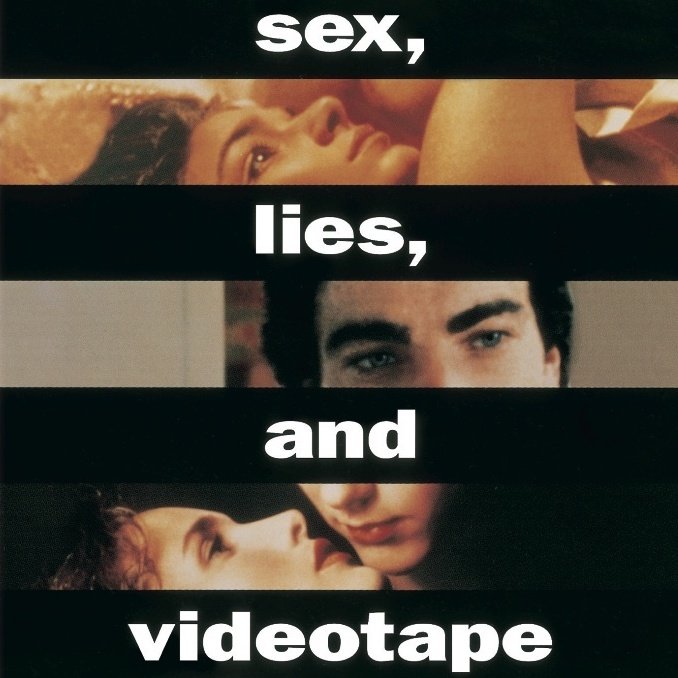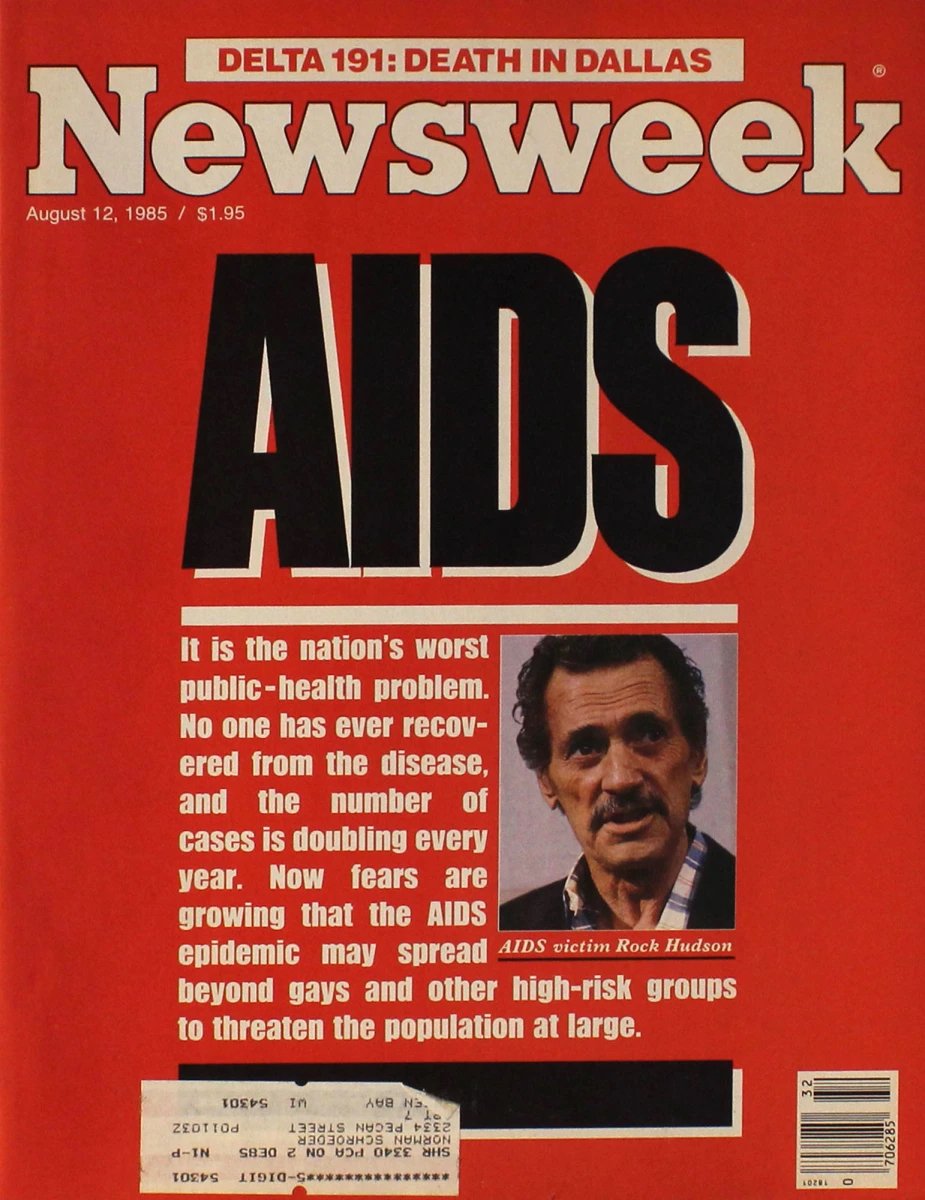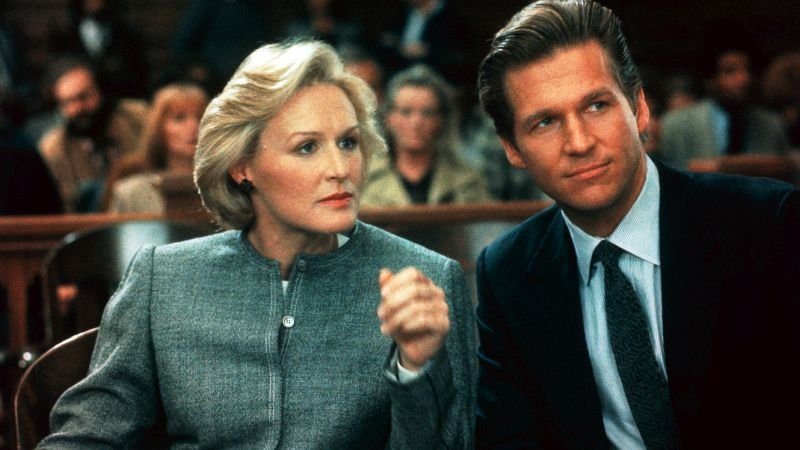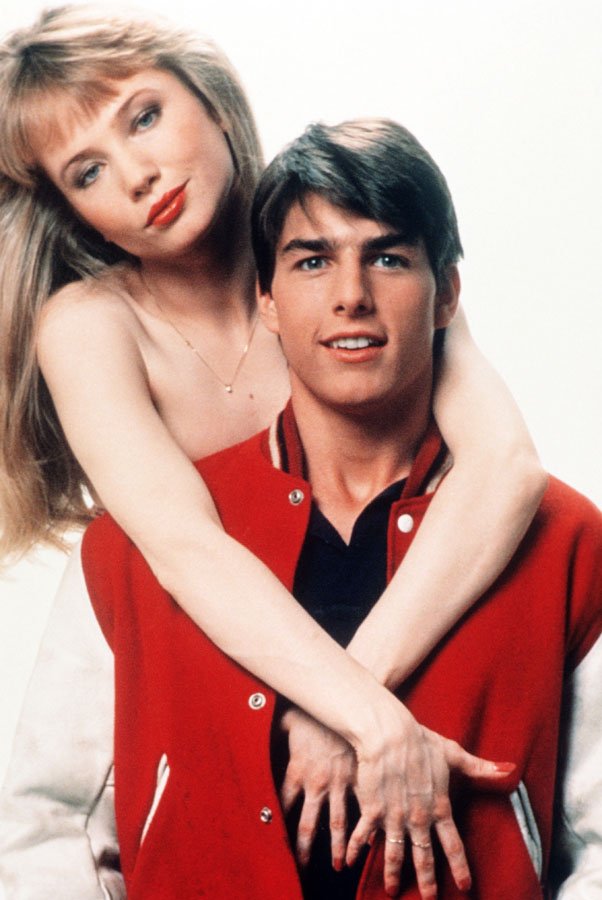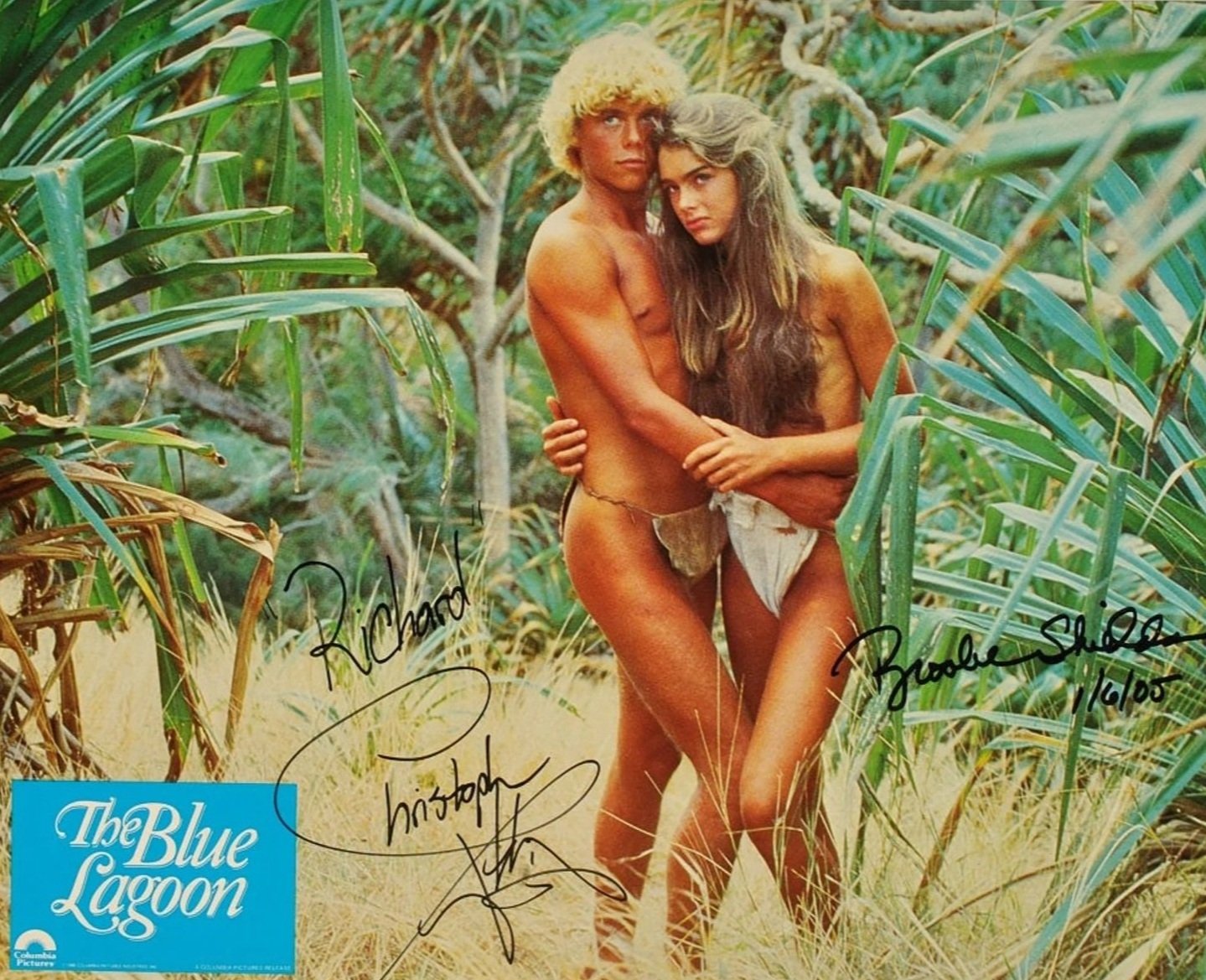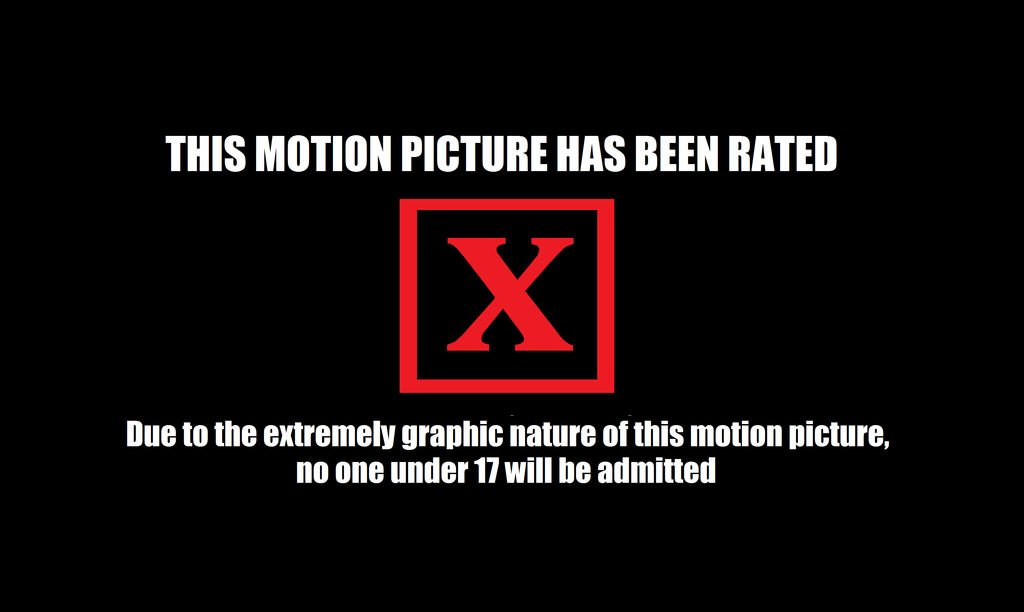Listen to this episode on Apple Podcasts or Spotify.
An enigmatic sex symbol dating back to the 70s, Theresa Russell made a play for Hollywood stardom in the late 80s and early 90s, making a number of films about the sexual commodification and role playing. Ken Russell’s Whore was marketed as a gritty answer to Pretty Woman, showing the “truth” about Los Angeles street prostitution. In Impulse, a neo-noir romance in which Russell plays an undercover cop posing as a sex working in a hopelessly corrupt LAPD, Russell was directed by Sondra Locke, longtime girlfriend and co-star of Clint Eastwood. When Eastwood dumped Locke while she was directing the movie, she fought back, instigating a series of lawsuits that revealed that Eastwood and his studio had conspired against her.
SHOW NOTES:
Sources:
“Theresa: Tycoon’s other girl: by Bridget Byrne, LA Herald Examiner, Dec 5, 1976
“Sondra Locke, starring with and directed by Clint Eastwood.” Interview Magazine, January 1978
“Taking Up 'The Gauntlet'” by Lois Armstrong, People Magazine, Feb 13, 1978
“Between the Lines: The Story Behind the Story” Sunday Woman, May 20, 1979
“Southern Belle Sondra Locke is Ready to Stand On Her Own” US, Aug 18, 1980
“Return Of An Older, Wiser Bob Rafelson” by Kristine Mckenna, LA Times, Sept. 28, 198
“Locke Turns To 'Ratboy' To Escape Clint's Maze". Roderick Mann, Los Angeles Times, March 23, 1986
“Eastwood’s Moll Shoots a Movie” Irene Borger, Vogue, September 1986
“Female Bonding: The Log Hello” by David Ansen, Newsweek, Feb 16, 1987
“Harlot’s Web” by David Edelstein, Feb 17, 1987
“Widow’s Theresa Russell: I Hate Those Nice Girl Roles” by Kristine McKenna LA Times, Feb 17, 1987
“The Ghost of Alfred Hitchcock, TIME, Feb 18, 1987
“Rafelson Picks up Pace Following Widow” by Bill Desowitz, The Hollywood Reporter, Feb 20, 1987
“Actress Theresa Russell: Still Tracking a Sensual Obsession” by Samir Hachem, The Hollywood Reporter, April 18, 1988
Interview with Theresa Russell, Roger Ebert September 21, 1988
“The Passion of Theresa: In a Chaste Era, Theresa Russell lusts for the old days” by Jeffrey Ressner, American Film, April 1989
“Clint Eastwood Sued for Palimony” Associated Press, April 27, 1989
“Impulse” Variety, April 4, 1990
“Impulse” by Duane Byrge, The Hollywood Reporter, April 5, 1990
“An Officer Become The Other” by Caryn James, New York Times, April 6, 1990
“Thrill Me!” by Claudia Puig, LA Times, April 8, 1990
“Impulse” Helen Knode, LA Weekly, April 13, 1990
“Just for Variety” Variety, Sept 25, 1990
“Unpretty Woman” by Samir Hachem, Village Voice, Oct 30, 1990
“Stocks and the Bonds That Tie” by Amy Taubin, Village Voice, Dec 14, 1990
“Whore” by Duane Byrge, The Hollywood Reporter, Jan 28, 1991
“Street Wise” TIME, April 1, 1991
“Tis Pity She’s A” by James Saynor, Interview, May 1991
“Whore-ing around with Theresa Russell” Joshua Mooney, Movieline, May 1991
Walter Scott’s column in Parade, May 12, 1991
“Whore-ing around with Theresa Russell” Joshua Mooney, Movieline, May 1991
“Movie on Prostitution Still Gets an NC-17 Rating” by David J. Fox, LA Times, Sept. 9, 1991
“An Open Letter to the MPAA” The Hollywood Reporter, Sept 4, 1991
“Ken Russell Looks at a Day in ‘the Life’” by Vincent Canby, New York Times, Oct 4, 1991
“Tricks of the Trade” by Steven Gaydos, Village View, Oct 4. 1991
“Whore” LA Weekly, John Powers, October 4, 1991
“Theresa Russell, Cool in the Heat” by Joy Horowitz, New York Times, Oct 6,1991
“Whore” by Manohla Dargis, Village Voice, October 15, 1991
“Chatter” by Peter Castro, People, Oct 21, 1991
“Whore Going Four Ways on Video” The Hollywood Reporter, Nov 7, 1991
“Expert Witness: Whore” by Zaviera Hollander, Premiere, Feb 1992
Theresa Russell: Hollywood's Darkest Star, The Independent, Dec 6, 2001
“The Monologist and the Fighter: An Interview with Bob Rafelson” by Rainer Knepperges and Franz Müller, Senses of Cinema, April 2009
“Michelle Triola Marvin Dies At 75; Her Legal Fight With Ex-Lover Lee Marvin Added ‘Palimony’ To The Language” by Elaine Woowriter, LA Times, Oct. 31, 2009
“A Conversation with Theresa Russell” by Sam Wasson, Criterion Collection, Jun 22, 2011
Live Jazz: Mike Melvoin & Theresa Russell at Vitello’s
Please note: as an Amazon Associate Karina earns from qualifying purchases. #ad
Music:
The music used in this episode, with the exception of the intro, was sourced from royalty-free music libraries and licensed music collections. The intro includes a clip from the film Casablanca.
Excerpts from the following songs were used throughout the episode:
Heath - Moon Juice
Ether Variant - Reflection
Lady Lupine - Banana Cream
Cocoon Transit - Origami
Bellow's Hull - Reflections
Cobalt Blue - Marble Run
Eggs and Powder - Muffuletta
Guild Rat - El Baul
Ewa Valley - Cloud Harbor
Even Dreams of Beaches - Resolute
Cobalt Blue - Marble Run
Campanula - Fjell
Mill Wyrm - Potions
Lick Stick - Nursery
Neon Drip - RadioPink
Credits:
This episode was written, narrated, and produced by Karina Longworth.
Our editor this season is Evan Viola.
Research and production assistant: Lindsey D. Schoenholtz.
Social media assistant: Brendan Whalen.
Logo design: Teddy Blanks.
